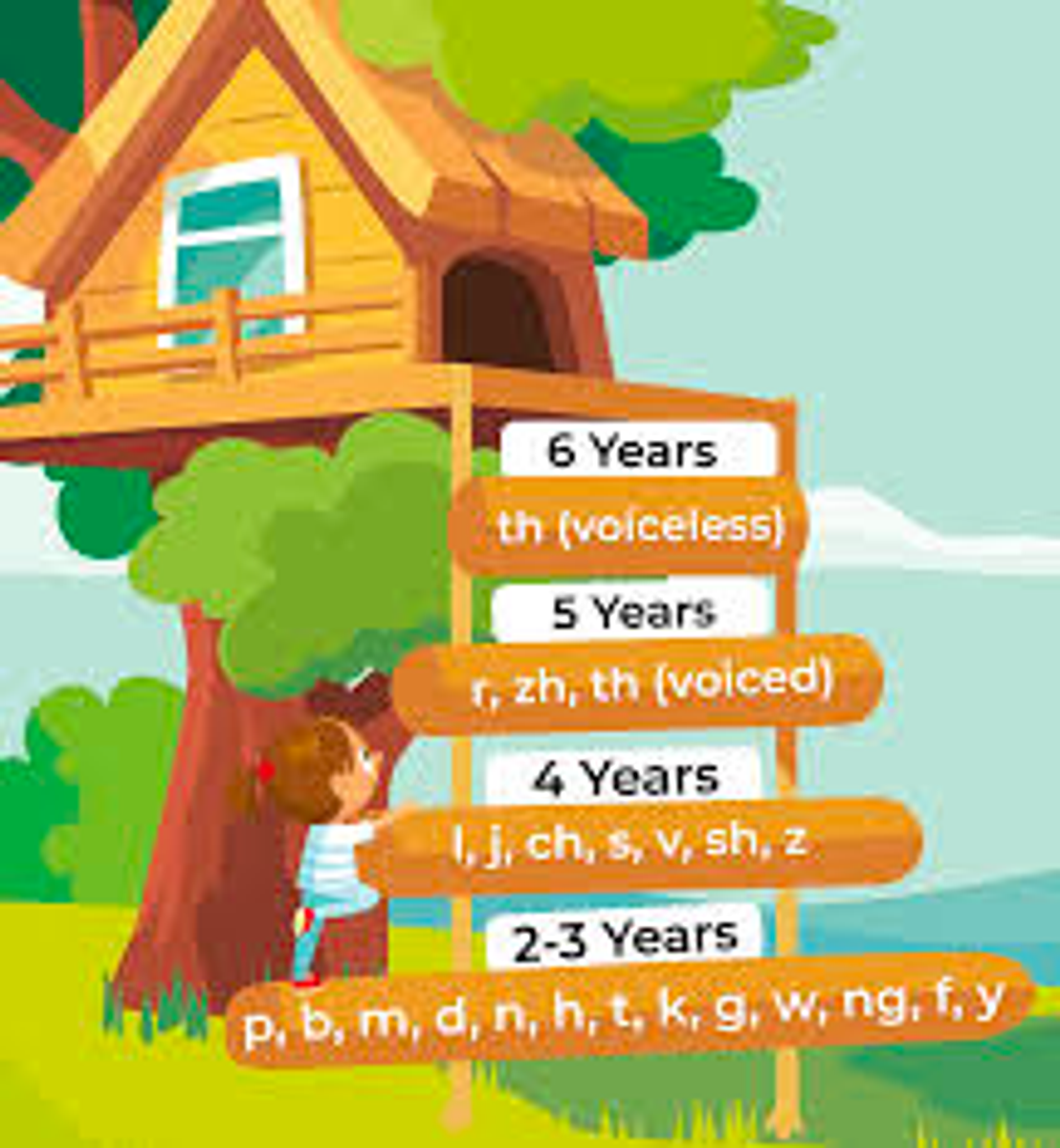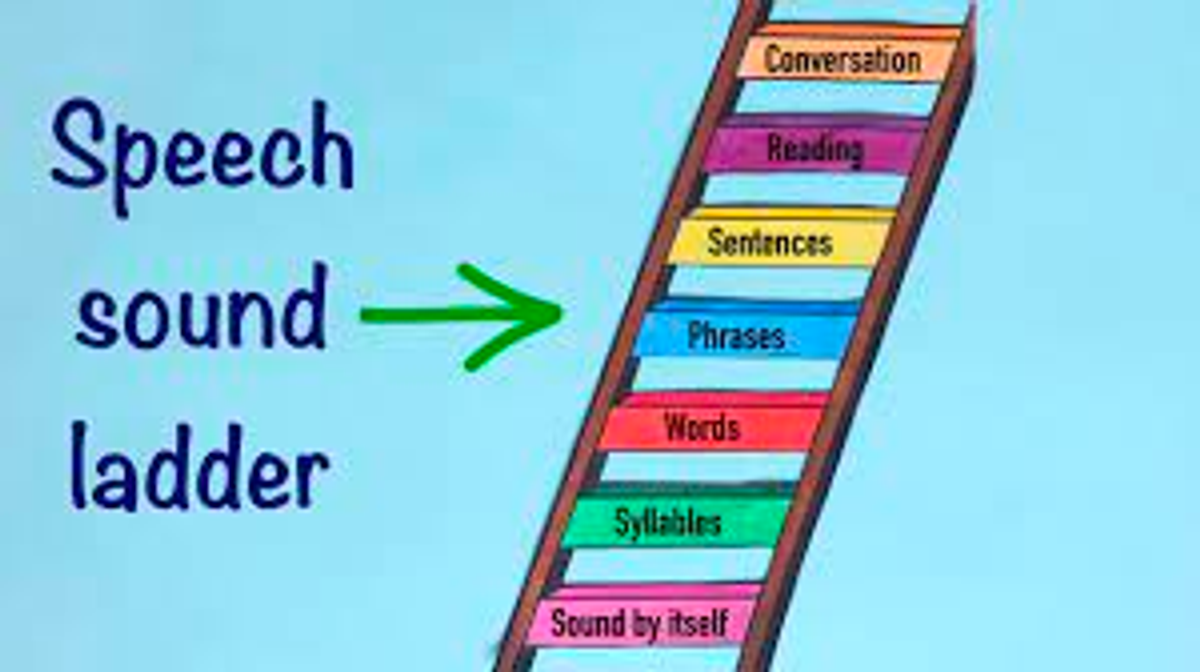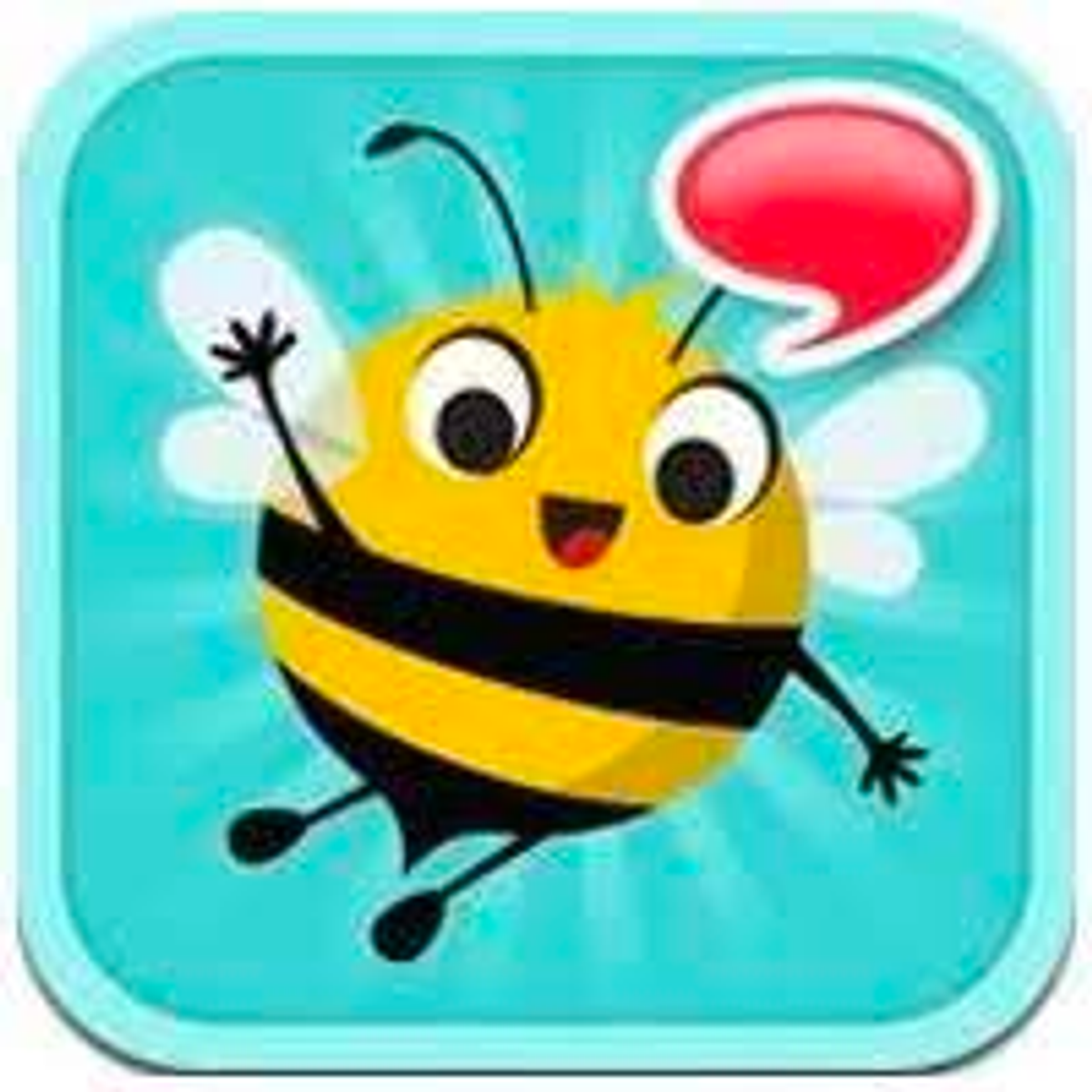Diverse Learning

What Can You Do If Your Child Has Difficulty Pronouncing Sounds
All children take time to learn to consistently produce sounds correctly and some sounds are generally learnt earlier than others. If you are concerned that your child is not correctly pronouncing all the sounds that they should (or if your child's speech is difficult to understand), look at the chart on the right and compare them with your child.
If your child does have difficulty pronouncing sounds, there are things that you can do to help.
Ways to help at home…
Choose one that is important for the child to learn and that is also an early developing sound. Eg. If your child's name is David then ”d” may be a good sound to work on as it is important for the child to produce it and it normally develops by the age of 3.
Listen to how the sound is made. Eg. when you say “d” you make a short, sharp sound by placing your tongue on the bony ridge behind your teeth. Your voice box is vibrating (or “turned on”) when you say “d”.
Make sure you always talk about the sound and not the letter name (that is say”d” not ”dee”).
Make sure that your child is listening to the sound and is watching what your tongue does when you make the sound. Then ask your child to look in the mirror so that they can see what their own mouth is doing.
If your child has trouble saying the sound correctly - don't push it. Have a break for a few days and then try it again.
Don't try to teach everything at once. Start at the bottom of this ladder (step 1) and gradually work your way through each step until you reach the top. It is important that your child is completely accurate on one level before moving up to the next.
8. Says the sound correctly when they are talking with you.
7. Says the sound in sentences without your help.
6. Says the sounds in sentences after you.
5. Says the sounds in words without your help.
4. Says the sounds in words after you.
3. Says the sounds in silly short words (eg. doo, dar, dee, duh).
2. Says the sound without your help.
1. Says the sound after you.
When your child says the sound correctly at the level you are working at give them lots of praise and encouragement (eg. “Great “d” sound).
If your child gets the sound wrong then gently encourage your child to try again. Eg. “That was a good try - you nearly did it. Now let's see if you can keep your tongue in the right place to make a ”d” sound.” Getting annoyed or across with your child may only make it harder for your child to continue.
Learning sounds is much more fun if you play games - even simple games can make a difference. Eg. drawing pictures of words starting with the same sound that they are learning on cards ( and playing Snap, Lotto, Bingo or Fish), making a spinning wheel, placing text/ stickers/ stamps on a chart with a prize at the end or colouring-in can make learning the sound more enjoyable and therefore more effective.
Articulation Station is a great app to support learning sounds. The school also has a number of resources, so speak with your class teacher and we can organise a meeting to discuss.
Have your child's hearing checked. Children who suffer from lots of colds, asthma, ear infections etc are at risk of having a fluctuating hearing loss ( that is a hearing loss that comes and goes). Ask your GP or child’s class teacher for our school’s list of recommended audiologists.
If you would like more information or continue to be concerned about your child's progress then you may consider contacting a speech pathologist. Again ask your child’s class teacher for our school’s list of recommended therapists. Our school also provides in school therapy through Speak Learn and Grow. Contact them directly for more details.
Ms Janelle Schembri | Diverse Learning Coordinator






